Preventing dog matting at home is a crucial part of ensuring your dog’s coat stays healthy and beautiful. Our comprehensive guide covers all the necessary steps for effective at-home grooming, complemented by regular professional grooming sessions. Let’s explore each step in detail.
Addressing Dog Matting at Home
Step 1: Establish a Daily Brushing Routine
Choosing the Right Brush:
The key to effective brushing lies in selecting the right tool. Bristle brushes are great for short-haired breeds, while slicker brushes or pin brushes are better suited for long-haired dogs. Each brush type serves a specific purpose, from detangling to smoothing the coat.
Daily Brushing Schedule:
Tailor your brushing routine to your dog’s coat type. Long-haired breeds might need daily brushing to prevent tangles, while short-haired breeds might require less frequent brushing. Always brush in the direction of hair growth for comfort and efficiency.
Step 2: Detangle and Inspect for Mats
Gentle Detangling Techniques:
When encountering tangles, use a detangling spray and a wide-toothed comb to gently work through the knots. Start at the ends and gradually move towards the skin to minimize pulling and discomfort.
Regular Coat Inspections:
Make it a habit to inspect your dog’s coat thoroughly for any signs of matting, paying special attention to areas prone to knotting like behind the ears, under the collar, and the underarms. Early detection makes mat removal much easier.
Step 3: Optimize Your Dog’s Diet for Coat Health
Nutrients for Coat Health:
A diet rich in Omega-3 and Omega-6 fatty acids, found in fish, flaxseeds, and quality commercial dog foods, can significantly enhance coat health. These nutrients promote a shiny, smooth coat that is less likely to mat.
Examples of Coat-Healthy Foods:
Incorporate foods like salmon, tuna, and flaxseed oil into your dog’s diet. Additionally, specially formulated dog foods for skin and coat health can be beneficial.
Step 4: Bath and Post-Bath Care
Best Practices for Bathing:
Use a dog-specific, no-tangle shampoo and conditioner to keep the coat clean and manageable. Be mindful of the water temperature and thoroughly rinse off any soap residue to prevent skin irritation.
Careful Drying and Brushing:
After bathing, gently towel-dry your dog and then use a blow dryer on a cool setting, if appropriate for your dog’s coat type. Brush the coat while it’s still slightly damp to prevent new tangles from forming.
Step 5: Schedule Professional Grooming Sessions
Integrating Professional Care:
While at-home grooming is essential, professional grooming sessions are invaluable, especially for breeds prone to matting or with special grooming needs. They provide a level of care and expertise that goes beyond routine home care.
Frequency of Professional Grooming:
The frequency of professional grooming depends on your dog’s breed, coat type, and lifestyle. Generally, scheduling a grooming session every few months can help maintain coat health and manage difficult mats.
Implementing these steps in your dog grooming routine will significantly reduce the risk of matting and ensure your dog’s coat remains in excellent condition. Remember, a combination of diligent at-home care and professional grooming is the best strategy to keep your dog’s coat healthy and mat-free.
This article is part of the Hachi’s In-Depth Guide to Matting Prevention
Meet one of our happy clients at Hachi Dog Grooming! Regular grooming ensures your pet’s fur stays healthy, shiny, and free from troublesome mats.
Visit us in our Dog Salon in Kendall for expert care
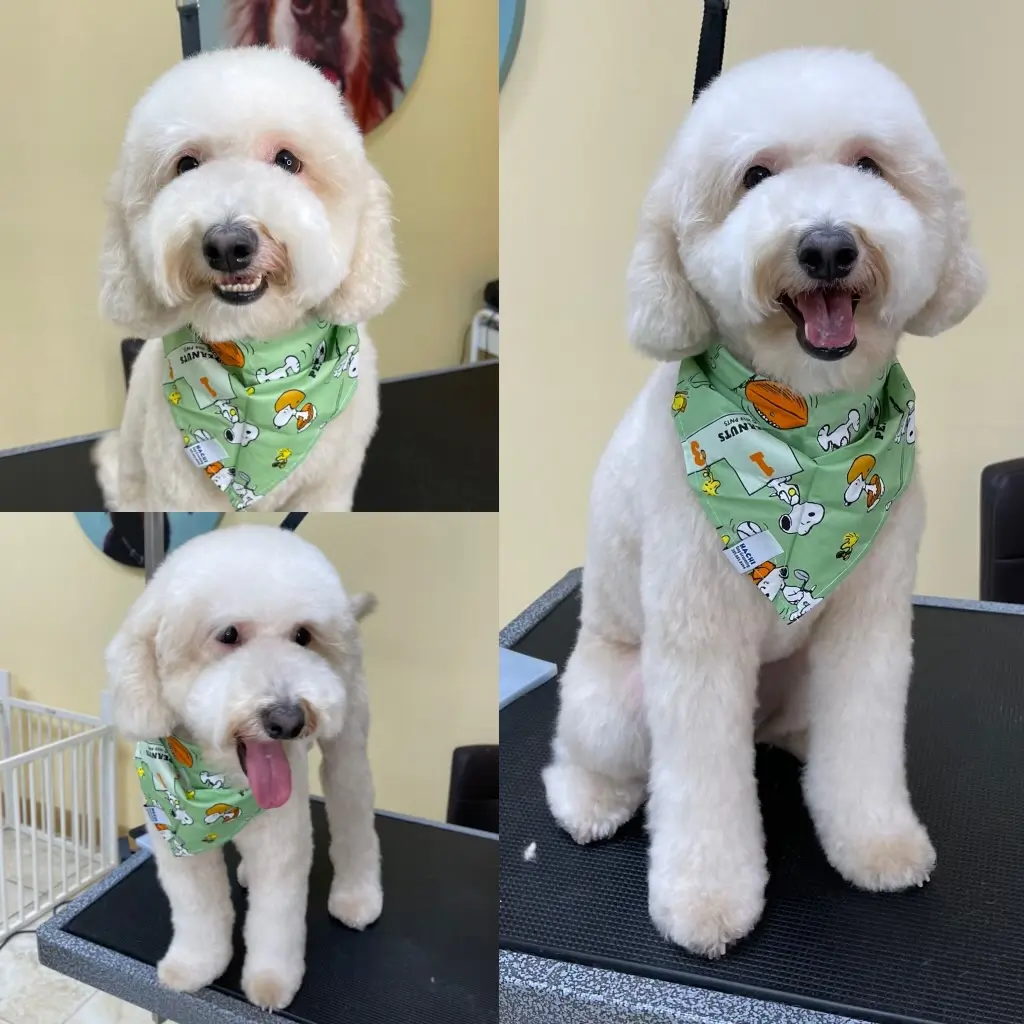
Additional References about Dog Matting
- American Kennel Club (AKC): An article or guide about dog coat care or grooming tips. The AKC is a reputable source and widely recognized in the dog community.
- PetMD: An informative piece on the importance of grooming for dog health. PetMD is a trusted source for pet health information.
- PreventiveVet: An article on how regular grooming can prevent common dog health issues. PreventiveVet is known for providing expert veterinary advice.
- WikiHow: Information on the best diet for maintaining a healthy dog coat. WikiHow is a reputable source for diverse information, including pet health.
- ASPCA (American Society for the Prevention of Cruelty to Animals): General guidelines on dog grooming and care. ASPCA is a well-respected animal welfare organization.
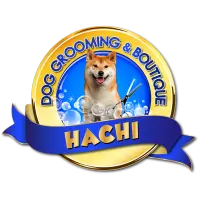
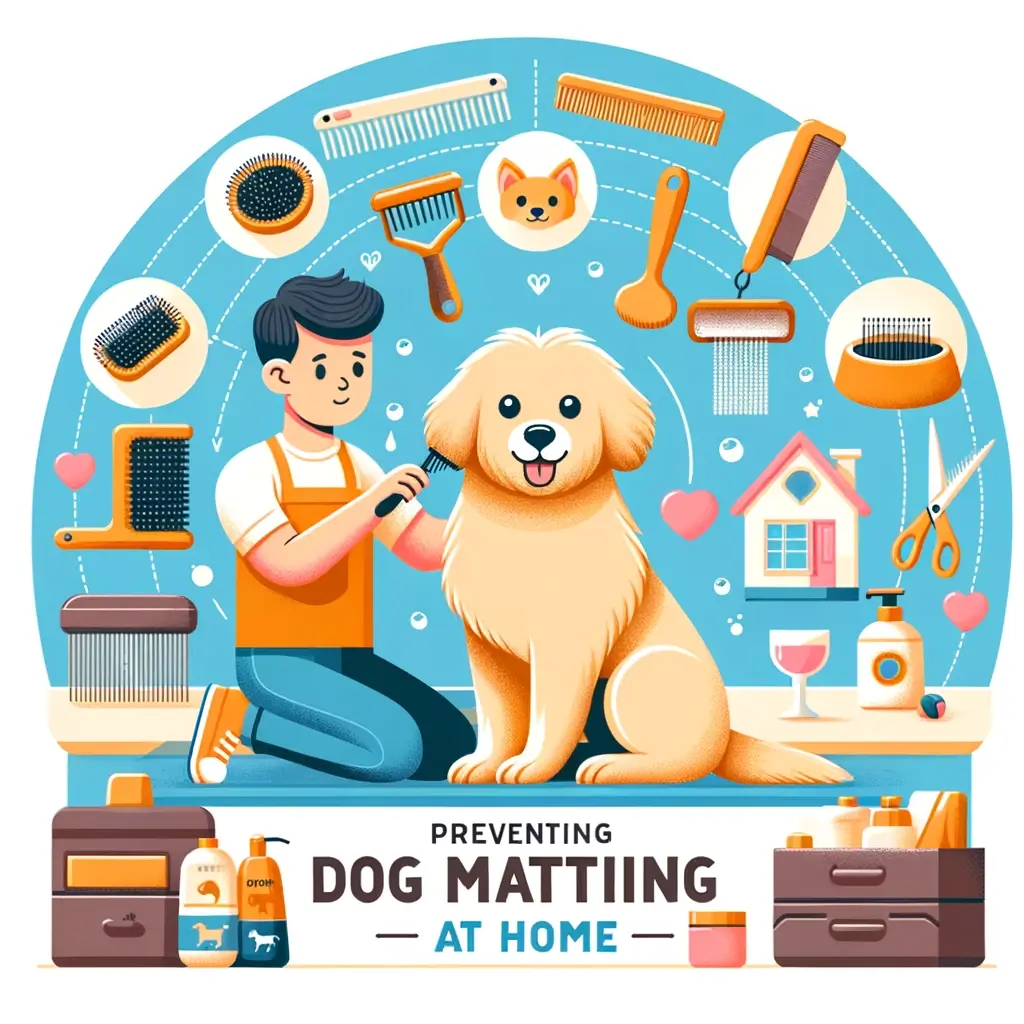
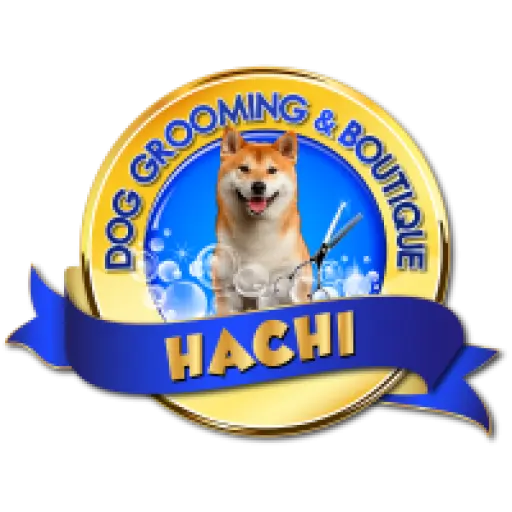
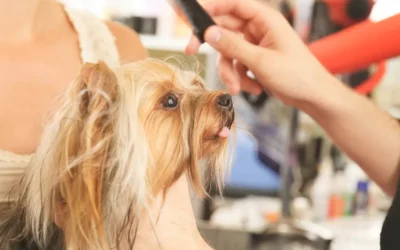
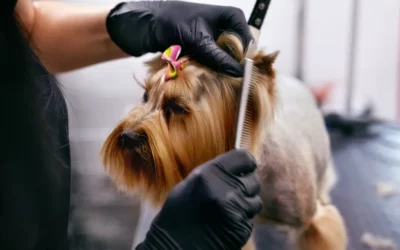

0 Comments